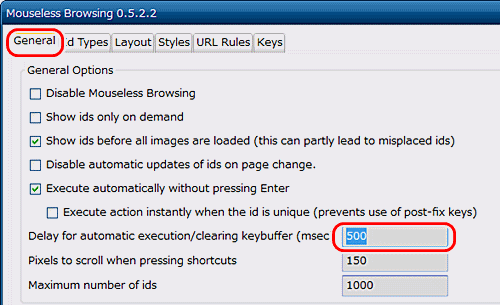

- #FIREFOX MOUSELESS NATURALLYSPEAKINGADDON INSTALL#
- #FIREFOX MOUSELESS NATURALLYSPEAKINGADDON UPDATE#
- #FIREFOX MOUSELESS NATURALLYSPEAKINGADDON WINDOWS#
#FIREFOX MOUSELESS NATURALLYSPEAKINGADDON WINDOWS#
The Linux version of Chrome binds these shortcuts by default, but not the Windows version.Īs always, if there are extensions you find useful, please post them in the comments! The new VAIO SX12 is a 12. The last extension I rely on is Keyboard Shortcuts to Reorder Tabs. to bind keyboard shortcuts for specific sites). My extension also extracts the hostname and appends it to the tab name, so you can easily use it to define contexts in Dragonfly (e.g. Sometimes a problem with Firefox may be a result of malware installed on your computer, that you may not be aware of. I think the Firefox extension already does this, and I created one for Chrome, Tab Namer. Next, you’ll want to enumerate tabs so you can quickly jump between them.

I also recommend binding the Vimium shortcuts that let you quickly open a bookmark. To make it even faster, I only allow one-syllable numbers to be used in labels. I use “links” for the former and I simply speak the number for the latter. Since you’ll be using these a lot, make them as terse as possible. Go to the n-th tab Alt + N (works for 1st-8th tab) Go to the last tab Alt + 9. As a bonus point, you can refresh a current tab, and restore the previously closed tab, nerves saved LEVEL 2. If you are using Vimium, you will need to bind one command to label the clickable elements, and another to actually click a particular element. These five commands should already improve your tab management speed. If you are using Firefox, try out this sample Dragonfly module. I recommend Mouseless Browsing for Firefox and Vimium for Chrome.
#FIREFOX MOUSELESS NATURALLYSPEAKINGADDON INSTALL#
Firefox is probably the easiest to get started with, although I prefer Chrome.įirst, you need to install an extension that labels clickable elements on the page, so you can speak a label to click on an element. Both of these support the extensions you’ll need, so it is really a matter of personal preference. To begin with, you’ll want to decide between Firefox and Chrome. I do recommend you try it first to see if it works for you, and to think about what you would like to improve in your custom version. And of course, it’s not very customizable. The extension tends to cause pages to hang, and it requires that you speak the link you want to click on, which introduces ambiguities and doesn’t work well for all clickable elements. Note that Dragon does have built-in support for web browsing, although I find it doesn’t work very well. Thanks to the extensibility of modern browsers, this works surprisingly well. One of the best ways to get started writing Dragonfly macros is to set up web browsing by voice. And once Next is highlighted, pressing your RETURN key takes the link. You can see what I’m searching for in the Quick Find: box near the bottom of the page as well, as shown here.
#FIREFOX MOUSELESS NATURALLYSPEAKINGADDON UPDATE#
Update : See my new post for the current extensions I use. The first occurrence of the word next on the page is Google’s navigation bar at the bottom, so Firefox took me there and highlighted it.


 0 kommentar(er)
0 kommentar(er)
